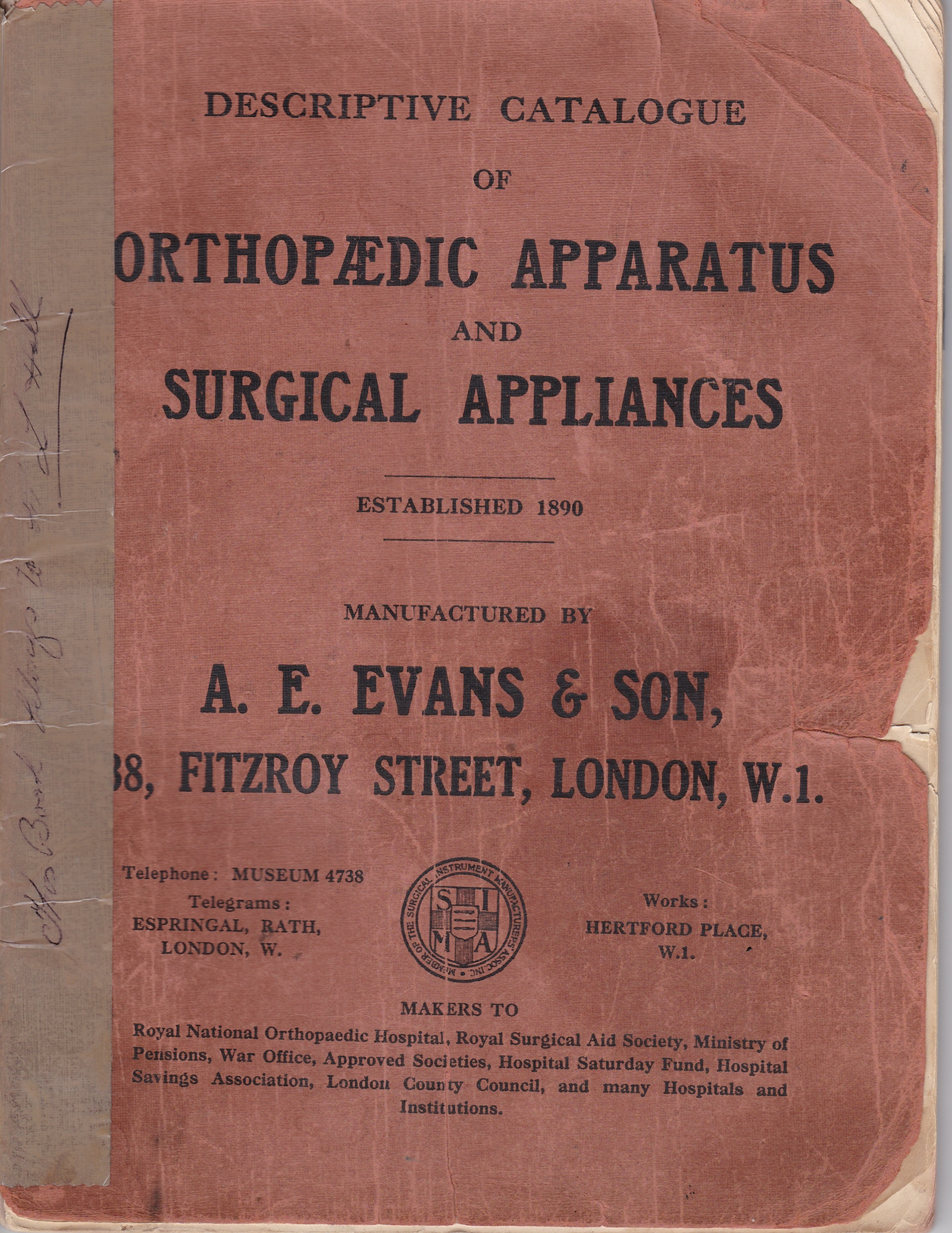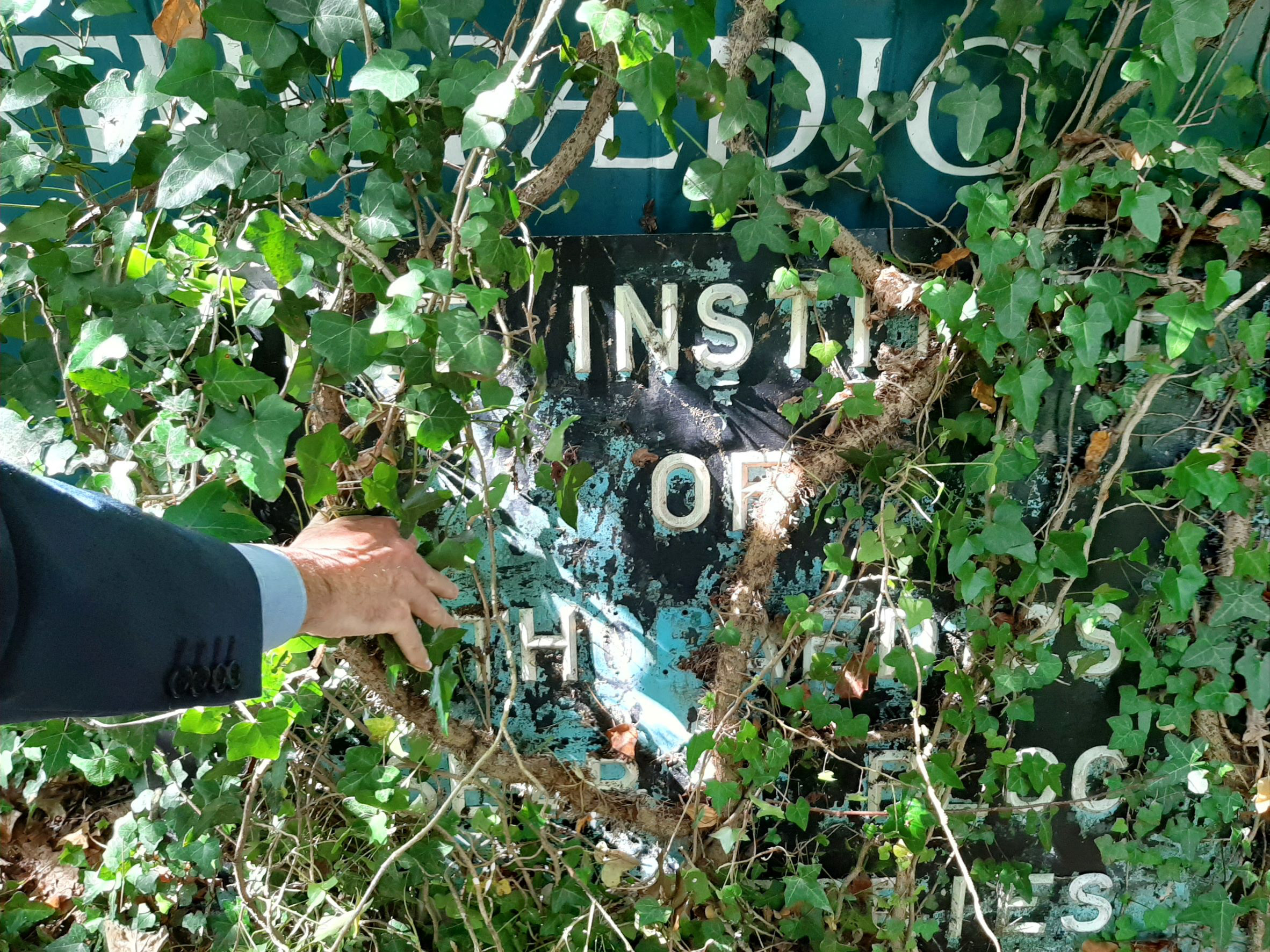'Stanmore Cripples Training College Bootshop' / Nicola Lane 2019 / Courtesy Derek Sayers and RNOH
National Industrial Home for Crippled Boys (Woolsthorpe House), Wright's Lane, c. 1900 / Survey of London: Volume 42, Kensington Square To Earl's Court, ed. Hermione Hobhouse (London, 1986), p. 42.
Architect's drawing for Stanmore Training College / Richard Mountford Pigott / Courtesy Derek Sayers
Orthotics Department RNOH 2021 / Nicola Lane
Richard Mountford Pigott plans for 'Crippled Boys Training College' Stanmore / courtesy RNOH
Courtesy BMJ
Training College opens 1937 / Courtesy Derek Sayers
'Stanmore Cripples Training College Bootshop' / Courtesy Derek Sayers and RNOH
The 'Cripples' Training School / Courtesy Derek Sayers and RNOH
RNOH Orthotics Department / Nicola Lane / 2019
Wooden stool. A relic from the 'Crippled Boys Training College' / Nicola Lane 2019
RNOH Orthotics Department / Nicola Lane / 2019
RNOH Orthotics Department anvil / Nicola Lane / 2019
Nicola Lane 2019
Training College toolbox / Jan Letocha 2019
Detail / courtesy RNOH
Tool box label / Jan Letocha 2019


Shell Oil magazine / Nicola Lane 2019

Mr Tuck negative to positive

Copy negative of Mr Tuck potrait / courtesy RNOH


RNOH scrapbook 1928 cutting / Courtesy RNOH
Courtesy Vickers Ltd / Jane's Fighting Ships, 1914
'Louis Fleischman Concert Hall' / Nicola Lane 2018
The 'Concert Hall' today with BOA Casting Course / Nicola Lane 2021
BOA first meeting in 1918, with the majority in uniform. / Courtesy BOA
Orthotics Plaster Workshops / Nicola Lane 2019
Plaster casts for prosthetic sockets, Prosthetic Rehabilitation Centre, RNOH / Nicola Lane 2019
Charcoal drawing with bodycolour by A. Garratt, 1916. Credit: Wellcome Collection.
Plaster casts in RNOH Orthotics department / Jan Letocha 2019
Found negative Courtesy RNOH / Nicola Lane 2019
Training College Group, c. 1948 / Courtesy Derek Sayers





